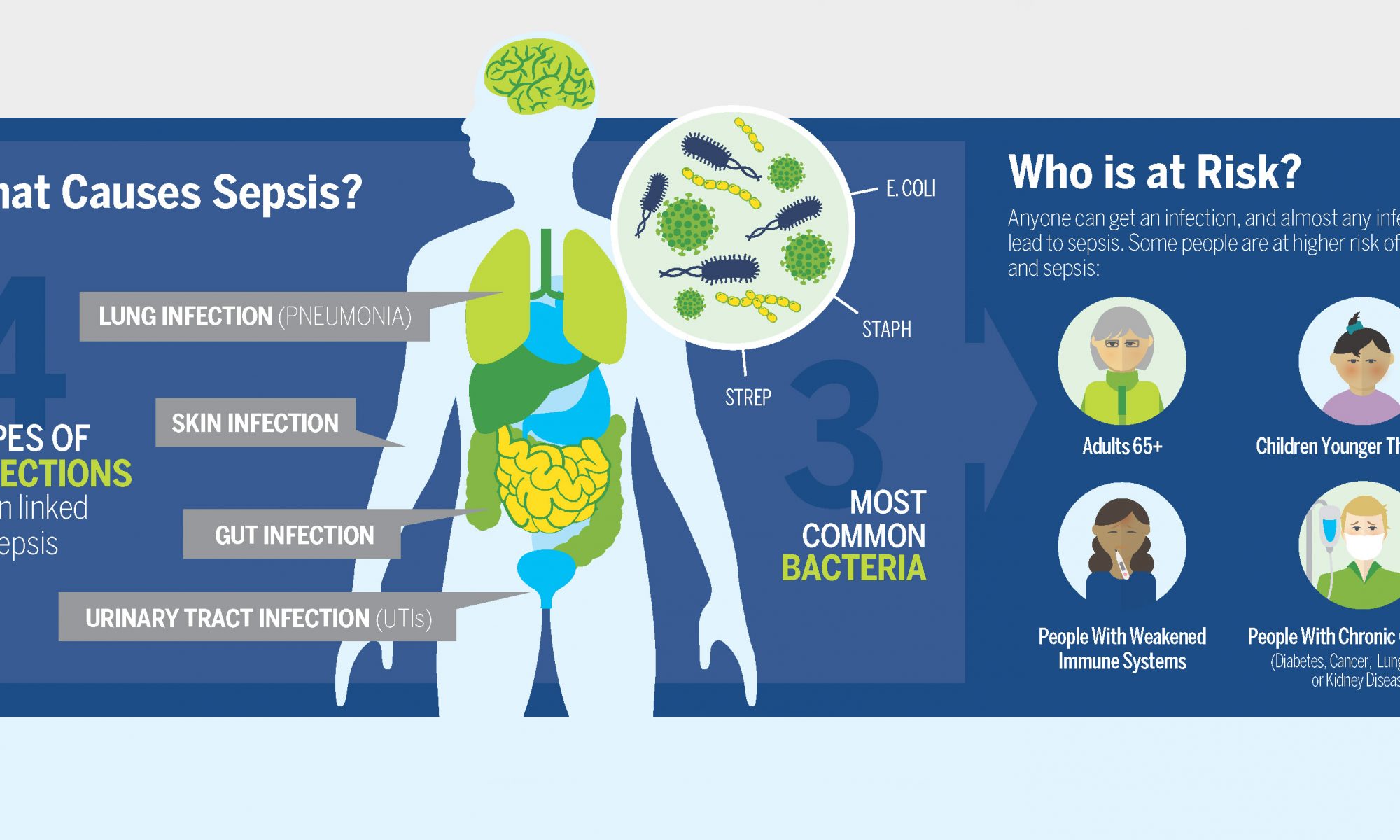Dr. Hahn advocates for a more proactive microbiology lab to closely monitor the types of CF infections and to determine which antibiotics each infection is most susceptible. In the Children’s National study, researchers analyzed each sample in two different ways: standard lab culture and molecular testing.
“Drug-Bug Match Auto-Posting” Reduces CRE Infections by more than 10% In New York Hospital
Interview with Vincent J. LaBombardi, Ph.D. Carbapenem-resistant Enterobacteriaceae, or CRE, have been called, “nightmare bacteria,” because the multi-drug-resistant infections are so difficult to treat and can be deadly in up to 50% of cases, according to the Centers for Disease Control and Prevention (CDC). These bacteria produce an enzyme called carbapenemase that breaks down carbapenem …
Quick Facts About Sepsis
Learn about sepsis: what it is, what causes it, who is at risk, and how it’s diagnosed and treated.
World Sepsis Congress: Discussing the Results of the ProACT Trial
By the bioMéreiux Connection Editors The Global Sepsis Alliance estimates that sepsis affects around 30 million people each year and results in between 6 and 9 million deaths. Because of that, research aimed at combating sepsis remains vital. Accordingly, the World Sepsis Congress closed with presentations on significant sepsis research over the last two years. …
Continue reading “World Sepsis Congress: Discussing the Results of the ProACT Trial”
The Value of Diagnostics in Combatting Antimicrobial Resistance – A Public Health Problem
At this year’s World Anti-Microbial Resistance Congress, Dr. Tristan Timbrook delivered a...
Lindsay Denny Discusses the Critical Role of WASH in Preventing Infectious Diseases and Fighting Antimicrobial Resistance
WASH, which stands for water, sanitation, and hygiene, are basic...






